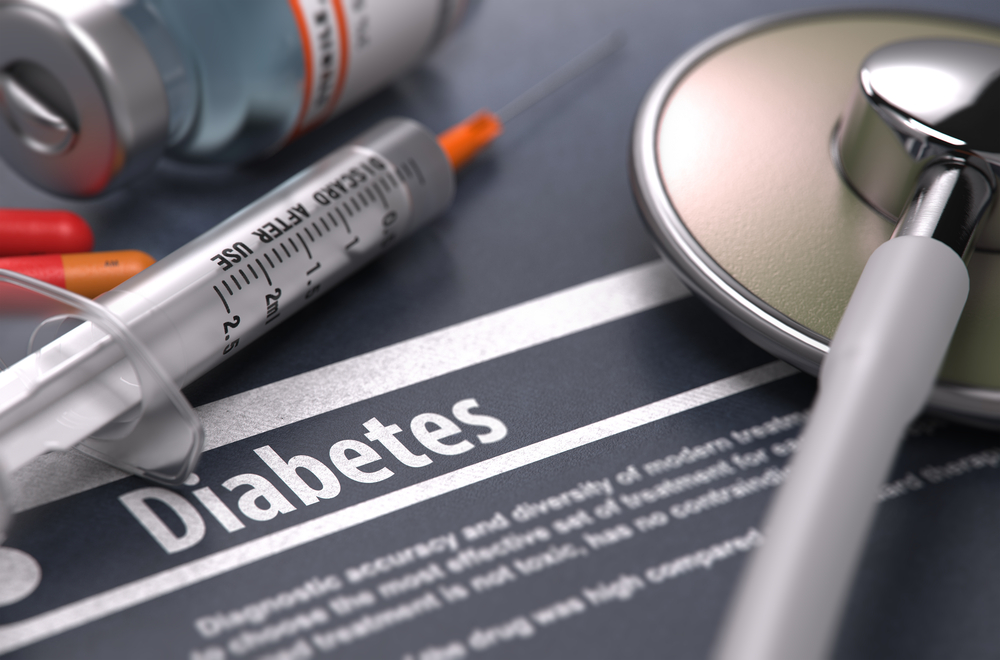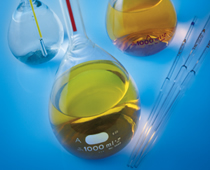More than 34 million people in the U.S. have diabetes, according to The Centers for Disease Control and Prevention’s National Diabetes Statistic Report 2020. Estimates by the National Institutes of Health increase that number to more than 54.9 million by 2030. Several years ago, The World Health Organization pegged the global population with diabetes at 422 million. They also estimate that, in 2019, 1.5 million deaths were directly related to diabetes.
The causes of the two main types of diabetes are insulin deficiencies (diabetes mellitus type 1) and insulin resistance (diabetes mellitus type 2). For type 1 diabetes, insulin can’t be produced by the pancreas because of an autoimmune response to the destruction of β-cells. Additional classifications of diabetes are gestational diabetes mellitus, neonatal diabetes, drug-induced diabetes and maturity-onset diabetes of the young.
Successfully managing the growing diabetes health concern (and the myriad health issues related to it) depends on proper diagnosing and monitoring. The FDA has cleared numerous assays to do exactly that.
Understanding biomarkers
Diabetes diagnostic tests haven’t changed much in the past two decades. They include fasting plasma glucose, oral glucose tolerance test with a two-hour plasma glucose and a hemoglobin A1c (HbA1c). In addition, the American Diabetes Association has established guidelines for these tests that indicate when a patient is prediabetic. Managing the disease relies on diet, exercise, medication, daily monitoring of blood glucose and HbA1c monitoring.
A biomarker, as defined by the National Cancer Institute, is “a biological molecule found in blood, other body fluids, or tissues that is a sign of a normal or abnormal process, or of a condition or disease.” They are different than risk factors, but can be used in conjunction with them to diagnose and monitor disease states. Biomarkers are also used to follow treatment response and aid in determining when changes need to be made to a treatment plan.
Biomarkers must have utility in a least two independent populations to be confirmed, and long-term outcomes are needed to determine if the biomarker is a disease predictor or potential treatment target. If validated, biomarkers can offer physicians valuable information for modifying treatment plans and tracking efficacy.
Biomarkers connected to diabetes:
- C-Peptide (C-PEP) can be used as a biomarker for insulin production in type 1 diabetics
- Fructosamine (FRUCT) is a newer marker for early diagnosis of diabetic risk (can be tested in the presence of abnormal hemoglobin variants that could interfere with typical HbA1c results)
- Beta-Hydroxybutyric Acid (BHOB), a ketone body produced when glucose cannot be used as an energy source, is used to monitor diabetic ketoacidosis
Efficacy & standardization
In a Medical Laboratory Observer article, titled “Biomarkers key in diagnosis and management of T2DM,” Jessica Pawlak writes:
Restricting monitoring to HbA1c, glucose and/or FA or GA levels as indicators of disease progression and regulation limits the knowledge of potentially life-threatening implications of T2DM over time. As the diagnosis and monitoring of disease progression increases with the broader adoption of these new biomarkers, the next step will be to advance towards method standardization, much like what was accomplished for HbA1c.
Considering the scale at which diabetes is growing and the depth of the complications that can arise, it’s critical to continue to find new ways to diagnose it earlier, treat it more effectively and identify complications before they’re seen.
To support the use of new biomarkers for diabetic testing and monitoring, LGC developed a five-level, liquid-stable, human serum based, diabetes control kit. VALIDATE ® Diabetes is a reproducible and dependable product that conforms to CLSI EP06-A guidelines and is listed with the FDA.
See the results of VALIDATE® Diabetes by downloading our scientific poster.








